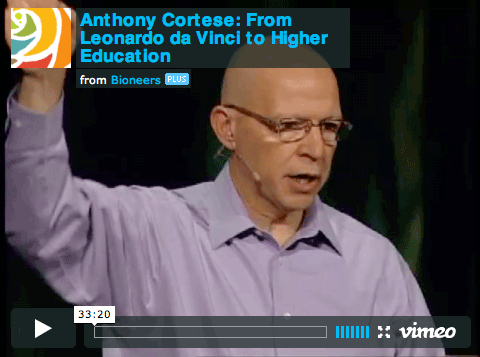Carbon Offsets 101: What colleges and universities can learn – and teach – about GHG offset quality
By David Antonioli, CEO, Voluntary Carbon Standard Association
(This article appears in the February, 2011 issue of The ACUPCC Implementer)
Curbing U.S. greenhouse gas emissions is an environmental challenge, but it is also an opportunity to enhance American security and economic competitiveness through innovation and change. Colleges and universities are uniquely positioned to help drive the innovation that is required. As institutions, they are responsible for GHG emissions themselves. But more importantly, they are engines of research, innovation and social change. They serve a youthful demographic that is eager to engage in the challenges of the 21st century and to extend U.S. health and competitiveness beyond our own timelines.
Policymakers increasingly recognize that offsets are necessary to drive the scale of research and innovation required. Offsets allow us to harvest the most affordable GHG reductions first while also incentivizing investment in low-carbon innovation. However, offsets have been met with skepticism in some circles, either because of doubts about their environmental quality or because of worries that it is unethical to pay others to lower one’s own emissions.
This article describes important recent advances made in voluntary carbon markets to ensure the quality and integrity of GHG offsets.
What is a quality carbon offset?
Entrepreneurs have been developing offsets and businesses and governments have been buying them for over a decade. This experience has generated valuable lessons and strengthened our ability to measure and monitor the quality of GHG offsets and the systems we use to issue and trade them.
- Read more about Carbon Offsets 101: What colleges and universities can learn – and teach – about GHG offset quality
- Add new comment







 James Woolsey, former Director of the Central Intelligence Agency under President Bill Clinton, provided the opening
James Woolsey, former Director of the Central Intelligence Agency under President Bill Clinton, provided the opening 
